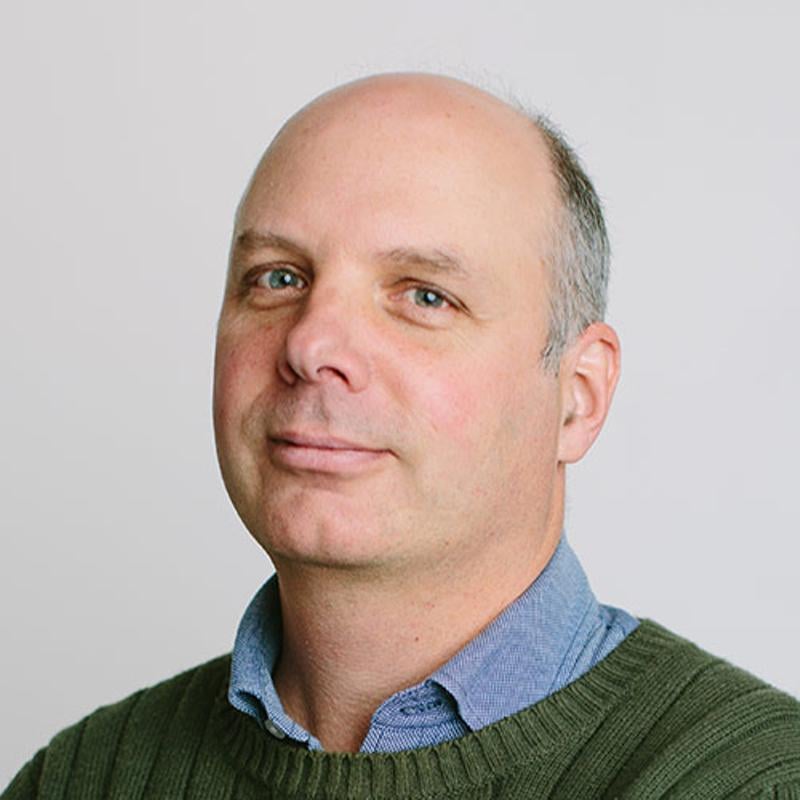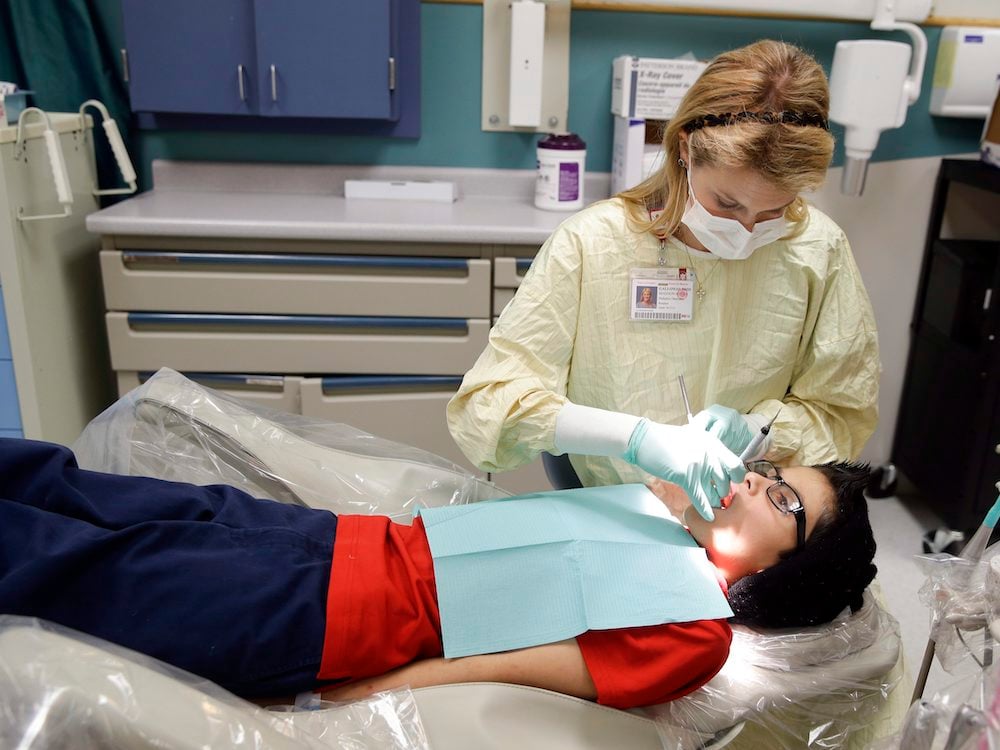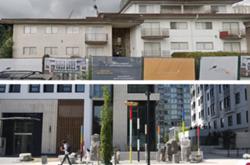When deyna gillis’s dentist of several years wouldn’t treat him anymore, gillis blamed the British Columbia government, not the dentist.
“He is a really good guy,” said gillis, who had broken two front teeth biting down on a peppercorn. “He did a lot of work on me over the years.”
The 62-year-old Vancouver resident receives disability benefits through the Ministry of Social Development and Poverty Reduction, a program that includes some coverage so that recipients can see a dentist when they need one. Income and disability benefits set significantly below the poverty line make it impossible for recipients to afford dental care.
“I called to make an appointment and his assistant, who is also a very, very nice person, just said she was really, really sorry, but the cost of doing business for them was going up and their reimbursement from the ministry has not changed,” said gillis.
The dentist, who has a clinic in Vancouver’s West End, did not respond to a request for an interview.
“This is a trend throughout Vancouver,” gillis said. “I am hearing from other people anecdotally they are unable to see their own dentist anymore, they’re refusing to see them, almost as if it’s a protest to show the ministry what they are going to do if they don’t increase the rates. Sadly it impacts the patient negatively.”
For at least 16 years the amounts the provincial government has been willing to pay for adult dental services have been frozen. For many procedures the fees now cover only about half what the BC Dental Association, which represents the province’s dentists, says they typically cost.
That has a major impact on patients like gillis who struggle to find a dentist who will work for what the ministry pays, as well as on the small number of non-profit clinics in the province that specialize in serving people like him who face barriers to care.
The situation raises wider questions about how to provide dental care, which is essential to maintaining health, to people with low incomes.
And while there is change coming thanks to new federal funding, it has yet to arrive and it’s so far unclear what it will include.
In gillis’s case, he felt empathy for the dentist who refused to see him, but he was also angry.
“I was shocked,” he said, adding that he expected better from the province’s NDP government. “I talked about it with other people, with friends and family for days. I had to work it out because I just couldn’t believe it.”
What the Social Development and Poverty Reduction Ministry will pay and who is covered is set out in a 52-page fee schedule available on the ministry’s website that lists the amounts for hundreds of procedures.
The BC Dental Association provides its own fee guide that it updates each year based on data from dentists and taking into account overhead costs, inflation and population growth.
Both guides use the same codes, making them easy to compare. For example, the government will pay $40.13 for a complete examination and diagnosis for an adult patient, a service the association says should cost more than twice as much at $87.30.
For X-rays the government will pay up to $54.71, while the dental association says they should cost $108. To treat a cavity, the government will pay $57.20 for a procedure the BCDA values at $133. The government will pay $69.02 to have a tooth pulled, which the BCDA says should be $161.
The province pays slightly more for children to be treated, but those fees are also much less than those recommended in the BCDA’s guide.
“The rates paid by the ministry put dentists in a difficult position,” said Cary Chan, the BCDA's senior manager of corporate communications and public affairs, in an email. “In many cases, the rates do not cover the costs of the procedures, while the balance that remains to be paid by the patient is often unaffordable.”
Often dentists will take a loss and treat patients to ensure their well-being, but in some cases dentists choose not to accept patients the ministry funds, Chan said. “In either case, the result is undesirable to patients and dentists.”
The rates B.C. pays for dental care are now the second lowest in Canada, he said, but the province has failed to raise them. “BCDA has brought this issue to the government’s attention through multiple platforms, presentations and submissions over the past several years.”
The low fees and caps on coverage mean many patients avoid seeking treatment, leading to other problems, Chan said. “Untreated dental infection can lead to emergency room visits that could be avoided with timely care,” he said.
“Children or persons with disabilities who exhaust their two-year ministry program financial limit are only eligible for emergency care. These are the patients that could most benefit from ongoing preventive and other follow-up care to ensure their overall and oral health do not deteriorate.”
The low fees the ministry pays present a challenge as well for the province’s 21 non-profit clinics, like the one the Victoria Cool Aid Society runs in downtown Victoria, that provide care at a reduced cost.
Upwards of 85 per cent of the people treated at Cool Aid are funded through the ministry, said dental clinic manager Kathleen Quast.
“For most patients we’re seeing, most treatments we’re providing, we’re paid somewhere between 40 to 60 per cent of the current fee guide,” said Quast. “The biggest challenge is still the fee guide and the discrepancy.”
When The Tyee asked Sheila Malcolmson, the minister of social development and poverty reduction, about the wide gap between the ministry’s fee schedule and the BCDA’s guide, she talked about the importance of dental care but acknowledged she was unaware of how long the rates the ministry pays had been frozen.
“We know how important dental care is to people and how it can be a huge barrier to employment, to comfort, to self-esteem, to health,” Malcolmson said in a May interview.
She talked about the huge impact the non-profit dental clinic CODE run by the John Howard Society in Nanaimo has and noted that the government has increased core funding to it and similar clinics across the province.
“I had a really good sit-down meeting with the B.C. umbrella group, lots of frontline service providers that are working together with our ministry around making sure we’ve got the best care and the best support to the people doing the work,” she said.
So has there been a decision to stream low-income patients to the non-profit clinics rather than have the fee schedule keep up with what for-profit dentists charge?
“We’re working on both fronts because we recognize not every community has a not-for-profit dental service provider,” Malcolmson said. “Both streams are important so we can get people connected with the care.”
A spokesperson for the ministry responded to follow up questions saying the fees for adults have not increased since 2007 (the BCDA says 2006), though there was a small increase for dentures in 2010 and the rates for children were increased in 2017.
Overall the ministry has an annual budget of about $52.9 million for dental care which provides access for about 128,000 people.
On top of the fees it pays, it also provided $3.6 million in 2019 and another $2.8 million in 2022 to support the province’s non-profit dental clinics like CODE and Cool Aid.
Mary Chudley, the director of health services for Cool Aid, which also runs a community health centre to provide other kinds of medical care, said that while every contribution is welcome, the clinic’s $25,000-a-year share of the province’s top-up funding was tiny compared to its million-dollar annual budget.
Raising the fees the ministry pays would make a greater difference.
An analysis that University of Victoria social work professor Bruce Wallace prepared for Cool Aid found that for $992,000 in services, based on the dental association’s fee schedule, provided to ministry clients, the clinic received $541,000.
Cool Aid isn’t trying to turn a profit and it can rely on a generous community willing to donate to help cover the shortfall, so it doesn’t need the fees to be as high as the BCDA recommends, Chudley said.
Still, the low rates and the government’s failure to adjust them for inflation are a challenge. “We’re trying to pay our dental staff at competitive rates, but that is increasingly difficult to do with this happening.”
The clinic in downtown Victoria looks on the surface like any other dentist’s office. It employs two hygienists, three certified dental assistants and five dentists. With four chairs, it treats about 1,400 people a year.
Nobody is turned away, even people with no dental coverage at all, and staff are careful to avoid making patients feel ostracized or stigmatized, clinic manager Quast said. “We see them for who they are. It’s a super welcoming environment.”
The low fees might work for a private dentist who has a few ministry clients as part of a larger practice, UVic social work professor Wallace said, but they present a major difficulty for a clinic like Cool Aid’s. “When you’re actually a clinic designed to enable access for people with financial barriers and people with public plans, then it doesn’t set up the treatment model to be successful.”
The discrepancy between what the ministry pays and what services cost to provide is long-standing. But other public programs — a First Nations Health Authority one for Indigenous people and a federal one for new immigrants — are tied to what private insurance companies pay.
“The fact we now actually have a precedent where public fee guides can be aligned with private fee guides and the mainstream fee guides, it’s clear that it’s happening and it’s working for other public providers,” said Wallace, who was involved in founding Cool Aid’s clinic and remains a consultant to it.
Change to how dental care is provided to people with low incomes and their families may however be coming soon.
Expanding dental care was a key condition of the agreement with the federal NDP to keep Prime Minister Justin Trudeau’s Liberals in office, but details of how it will work are yet to be revealed.
“If the federal plan is going to be effective... it should really be looking at which of the public dental fee guides are actually enabling access,” Wallace said, pointing out that the Indigenous and newcomer plans show it’s possible to enable access to full mainstream dentistry.
If, however, the federal government simply transfers money to the provinces to provide the care, he said, there is a risk it will be ineffective in B.C. where the province has no oral health strategy and an existing plan that has failed to cover the rising cost of providing the service.
Similarly, if the province continues tying dental care to income and disability assistance, it will leave many people without care. “The so-called ‘working poor’ still won’t be able to reach it, so it’s going to have to extend,” he said.
Nor is it enough to just address the financial barriers to care, though they are the most noticeable and most significant barriers, Wallace said. “If we depend on a business model, private practice business for-profit model, the people are still going to face all the other barriers to care similar to general health care.”
With the number of people receiving care likely to grow, it will be necessary to rely on mainstream dentistry to serve many of them, he said, but there will also be a need for alternatives like non-profit clinics.
“What Cool Aid is showing is when you have a provincial dental benefit plan, you need a dental home for those plans,” said Wallace. “You actually need to sustain a place for people who are facing barriers to employment, barriers to housing, then also barriers to health care, to be able to access those benefits in a place that’s actually appropriate for that care.”
As seen with family practice, mental health and substance use, it’s unreasonable to expect private businesses to meet the federal and provincial governments’ public health goals, he said. “What we know from health-care access is we need both models.”
During the most recent provincial budget consultation, the BC Dental Association recommended preparing for the surge in demand expected after the federal plan starts in 2025.
“The association stated that the launch of the national dental plan is an opportunity for the provincial government to re-evaluate its existing plans to ensure maximum benefit for British Columbians,” said the legislature’s Select Standing Committee on Finance and Government Services recently released report on its hearings.
The committee did not, however, recommend making any changes to how dental care is provided in the province.
The ministry’s spokesperson said the government is aware of the fee issue and working on it.
“The ministry continues working with the BC Dental Association on the matter of fees and the ongoing provision of affordable dental treatment as well as understanding the impact of the federal government’s new dental program,” they said. “We will continue to explore dental coverage options to help make dental care more affordable for people.”
After his former dentist in Vancouver refused to treat him, gillis eventually got his teeth fixed at the REACH Dental Clinic run out of the community health centre on Commercial Drive. The clinic did a great job, he said.
But the experience of being rejected by a dentist who was acting very reasonably convinced him the province needs to move towards reimbursing dentists and other providers properly.
“I believe I failed to use the word ‘dignity’ during our interview,” he wrote in an email shortly after getting off the phone, noting the ministry will pay something for urgent problems like his broken teeth that will affect health, but nothing for anything considered cosmetic.
“Maintaining a measure of dignity, however small, is difficult enough when one lives in poverty,” he said. “Appearance is an important spoke on the dignity wheel denied those of us living on disability benefits.”
Lack of access to proper dental care, he said, further robs a person of their dignity. ![]()
Read more: Health, Rights + Justice, BC Politics

















Tyee Commenting Guidelines
Comments that violate guidelines risk being deleted, and violations may result in a temporary or permanent user ban. Maintain the spirit of good conversation to stay in the discussion and be patient with moderators. Comments are reviewed regularly but not in real time.
Do:
Do not: